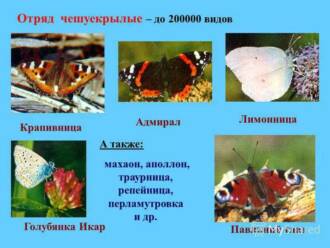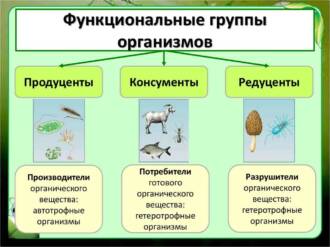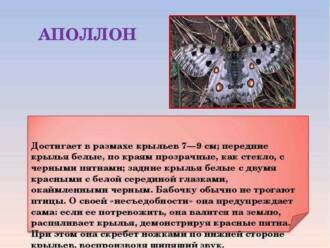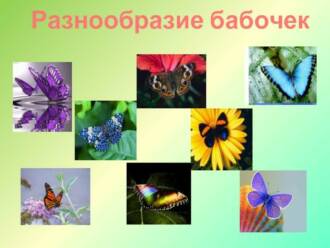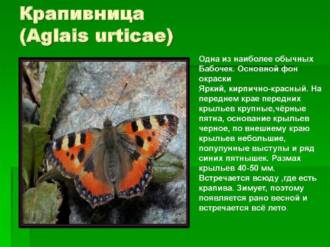Many of us in childhood believed that the velvety surface on the wings of butterflies is nothing but pollen. There were even those who tried to "cure" the captured butterfly by placing it on a plant so that it could be pollinated and be able to fly further. In practice, everything is much more complicated. The wings of these insects are covered with a dense layer of tiny scales that perform many different functions: from increasing lift to suppressing vibration during flapping. Hence the name - Lepidoptera. Today we will get acquainted with this species in a little more detail.

Members of the order Lepidoptera
Lepidoptera, or Lepidoptera (from the merger of the words "wing" and "scales" in ancient Greek) - a detachment of insects, characterized by a dense cover of hair-scales on the wings. Most often they are simply called butterflies, moths or moths.
Archaeologists have found remains that prove that butterflies have existed since the Jurassic period.

In everyday life, they use a division into lower butterflies and higher ones, where the lower ones are microlepidoptera, primitive butterflies, and the higher ones are macrolepidoptera diurnal and nocturnal butterflies.
Separately, it is worth mentioning how to distinguish diurnal from nocturnal insects, with the exception of their lifestyle.
- Day butterfly. When resting, it folds its wings flat over its back. More brightly colored than night.
- Moth. In a calm state, it keeps its wings open, partially or completely masking the body. The ratio of body length to wing length is greater than that of diurnal specimens. The antennae are also thicker and more branched.
As for the etymology, the Russian name "butterfly" comes from the Old Slavonic "grandmother". The pagans believed that the souls of dead relatives visit the living, reincarnating into an insect. To this day, you can hear how the Old Believers in the villages and villages call them "grandmother", "grandmother".
The habitual “moth” is also derived from the Old Slavonic words “dangle”, “revenge”, which means “circle around its axis” or “get mixed up in jerks”.
The word "mol" according to one version is derived from the Old Slavonic "grind" in the meaning of "destroy". On the other - from the Irish mil in the meaning of "small animal".
Types of Lepidoptera Insects
Zoologists have recorded more than 158 thousand species, subspecies and families of these flying insects.
Lepidopterist entomologists study the butterfly order.
Since scientific classification system constantly changing and correcting, the most understandable is the one in which all lepidoptera insects are divided into four suborders:
- primary toothed moths;
- trunkless;
- proboscis;
- heterobatmy.
This classification is used by butterfly collectors (lepidopterophilists). Let's consider each suborder in a little more detail.
Toothed moths
The smallest Lepidoptera representatives of the species that existed in the time of the dinosaurs. The size of the insect varies from 4 to 15 mm. The mouth apparatus of the gnawing type is an asymmetric mandible, where the upper jaw prevails over the lower. A distinctive feature is the long and large antennae, the size of which is approximately 75% from the size of the wings.
This subgroup includes about 160 species of butterflies. The most famous representatives are Micropteryx calthella.

Proboscis
Officially, this species in the systematization of Lepidoptera insects appeared relatively recently - in 1967. Until that time, all besproboscis were classified as toothed moths.
This is the smallest subgroup, which includes only butterflies of the Heterobathmiidae family.

proboscis
One of the largest suborders, including more than 150 thousand species of Lepidoptera. The most famous and sought after among collectors are representatives of the Sailboat family:
- Swallowtail - the wings have an attractive, bright yellow or ashy color, on top of which there is a pattern of black lines. At the moment, the swallowtail is listed in the Red Book as an endangered species of insect.

- Glory of Bhutan - the upper wings are rounded, and the lower ones have three processes. The color is dark, with red-white-yellow "eyes" warning predators of danger. Habitat: China, Thailand, Northern India.
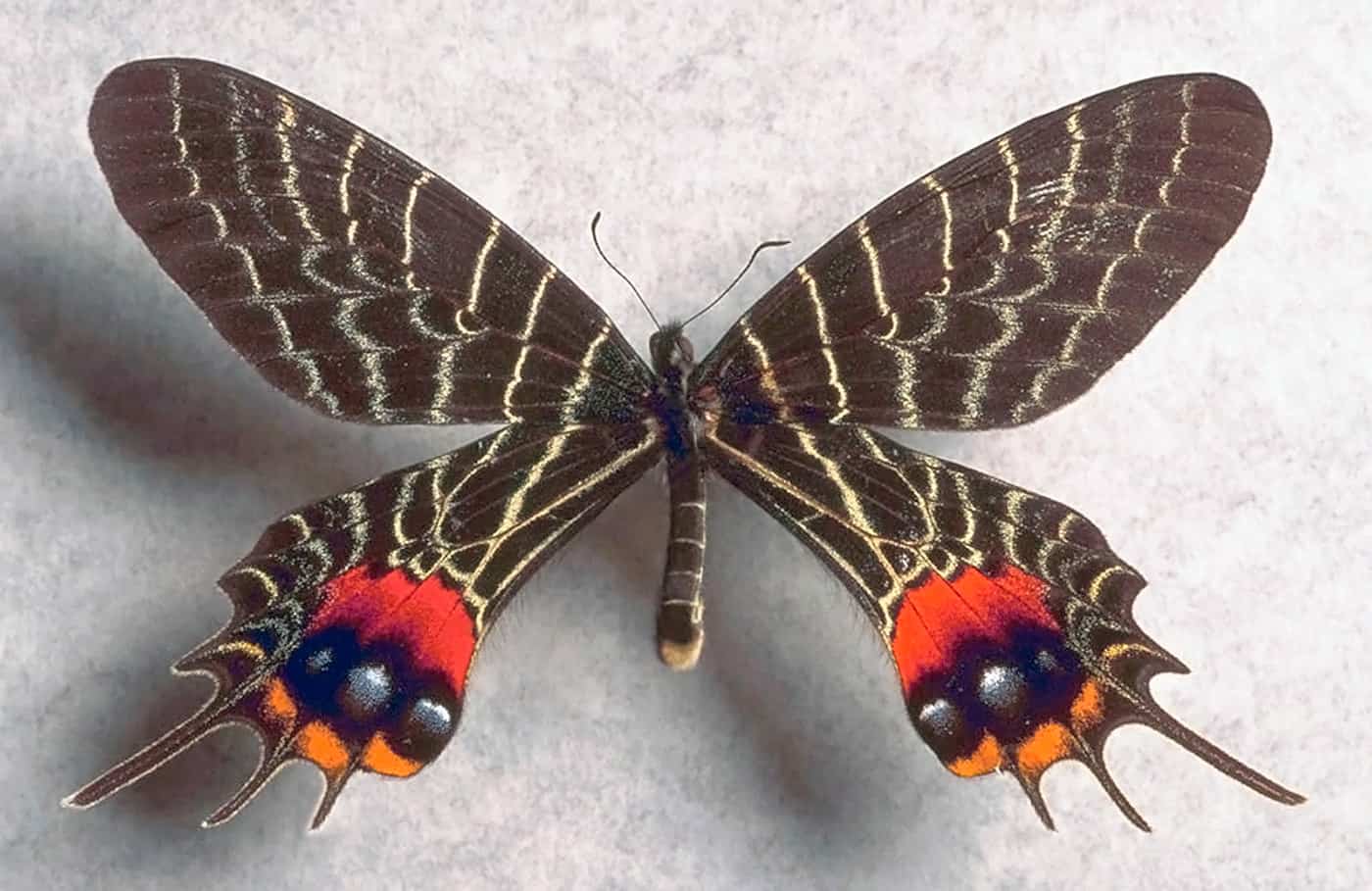
Uncontrolled deforestation in India has led to a sharp decline in the Glory of Bhutan butterfly population. Currently, these insects are under state protection.
- Queen Alexandra's Birdwing - the largest representative of diurnal butterflies on the planet. The wingspan reaches 28 cm. The bizarre interweaving of green and black lines in color resembles a tropical flower or an old brocade.

In the same subgroup, it is worth highlighting insects of the Nymphalina family. Their peculiarity lies in wide wings with thick and rough veins, as well as in a variety of color options. The following butterflies belong to the Lepidoptera order:
- Admiral - found almost everywhere - from city gardens to mountain peaks. It can be unmistakably recognized by its black wings, with bright red semicircular stripes and white spots.

- daytime peacock eye - a long-lived butterfly, which in total can live for about a year. For these qualities, it is often used at exhibitions and even kept at home. In the corner of each of its wings is a yellow circle, in the center of which is another one - brown and light blue stroke.

- Hives - feeding on nettle nectar and resting on the leaves of the plant, this butterfly is not afraid to be stung. The second popular name - the chocolate girl, she received for the coloring, reminiscent of chocolate and caramel stains.

Also among the proboscis butterflies, the blueberry and the moth are the most famous.
General characteristics of Lepidoptera
Lepidoptera is one of the most numerous orders of insects belonging to the type of arthropods. A characteristic feature of all representatives of the order is four wings covered with a thin layer of modified scales. Their coloring creates bizarre and unique patterns on the surface.

If we draw an analogy with other insects, then butterflies are a rather “young” group. The first representatives appeared with the flowering of flowering plants in the Cretaceous period.
Butterflies are distributed all over the world, up to the border of permafrost. Those species that live in temperate latitudes need wintering. More often, the insect experiences a cold period in the form of a pupa, less often - in the imago stage. In the latter case, Lepidoptera can migrate over great distances, gathering in huge flocks.

More than 15,000 species of butterflies are found in the CIS countries.
Habitual for our latitudes, urticaria, mourning, peacock eye and buckthorn are able to survive the winter as adults without leaving their native lands. With the onset of spring, they will again be ready to breed.
The two faceted eyes of a butterfly are capable of recognizing colors, but unlike humans, they see the world in the ultraviolet part of the spectrum. This feature allows zoologists to control the behavior of flying insects using special lamps and make observations at night.

Butterflies are the most important part of the ecosystem, as many plants are pollinated mainly or only by them. Caterpillars serve as food for many small animals and birds.
There is also a downside - voracious butterfly larvae can cause significant damage to vegetable crops and plants used by humans. In some cases, they can leave entire gardens and even forests without foliage.
Signs of Lepidoptera
Lepidoptera include insects with the following distinctive features:
- Wings - two pairs of wings are covered with scales, where each scale is a flattened hair. Colors are variable. The larger the butterfly, the fewer wing flaps it makes per second. Insect movements are chaotic, irregular, zigzag. Due to this feature, it is difficult for birds to catch them on the fly.
- oral apparatus. Most butterflies have a special proboscis for absorbing liquid food. Its length allows you to use nectar even from deep flowers or cracked fruits / berries. During flight and rest, the proboscis is twisted into a spiral. The primitive representatives of the order have working upper jaws (mandibles), like a caterpillar. In some adults, the mouth apparatus is completely absent, as the butterfly continues to consume the protein stored on the larval stages of development.
- Development with complete transformation. The adult mates and lays eggs on a "fodder" plant. The hatched caterpillars eat the plant. A fully grown caterpillar turns into a chrysalis, covered with a hard shell, in which the formation of an imago butterfly takes place.

Where do Lepidoptera live?
Lepidoptera are distributed throughout the planet. We list their habitats in six zoogeographic regions:
- Palearctic. It has more than 22 thousand species of butterflies, of which 1600 are diurnal. About 4,500 species have been recorded in European countries alone.
- Nearctic. More than 14 thousand species of Lepidoptera are found in this area. More than 700 of them are diurnal butterflies.
- Neotropics. More than 45 thousand different types of butterflies have been recorded. Due to the inaccessibility of the regions of South Africa, many species may not yet be described by scientists.
- Afrotropic. On the territory of this biogeographic region, it was possible to count about 3 thousand species of diurnal butterflies.
- Indo-Malay region. About 800 species of Lepidoptera have been described in the Philippines alone. In general, the region has about 4 thousand species of butterflies.
- Australian region. Common species with the Indo-Malay region, but there are also unique insects. For example, more than 800-day-old butterflies have been described in New Guinea. Directly in Australia - about 400.
An unremarkable neighborhood of the provincial village of Tingo Maria in Peru, this is the place with the largest concentration of Lepidoptera species in the world.
The distribution of Lepidoptera in the territory of eternal snows has not been fully studied, however, in the north of Yakutia, not far from the Arctic Circle, it was possible to fix the Arctic Apollo butterfly.

Body structure of Lepidoptera butterflies
The body of Lepidoptera butterflies is divided into three sections: head, thorax and abdomen. Let's take a closer look at each of them.
- Head. Inactive, round. Spherical eyes and a pair of antennae emerging from the frontal part between them are clearly distinguishable. In the lower part there is a mouth apparatus - a spiral proboscis, with the help of which the insect absorbs plant nectar and fruit juice. Often, sensory organs densely covered with scales are located on the left and right sides of the proboscis.
- Breast. Consists of three segments: anterior, middle and posterior. Each has a pair of legs. The mesothorax and metathorax each have a pair of wings reinforced by a system of tubular vein formations.
- Abdomen - the cylindrical body consists of ten segments, of which the last 2 or 3 are transformed into genitals. According to their shape, experts determine the subspecies of butterflies.
Butterfly legs consist of five segments: coxa, trochanter, femur, tibia, tarsus. First of all, the limbs of this insect are designed for fixation on various surfaces, since most of the movement is carried out due to flights.
Some species of butterflies have taste buds on their legs: until the butterfly touches the liquid with its paw, it will not turn its proboscis to drink.
The entire body of the Lepidoptera is covered with a hard cuticle, consisting of three layers:
- epicuticle - the thinnest and most fragile layer.
- Esocuticle - Harder fabric. It is the link between the inner and outer layer.
- Endocuticle - a dense tissue formed by polyprotein structures and chitin. Chitin is worth mentioning separately: with amazing lightness, it is very durable, insoluble in alkalis and organic solvents.

How are butterfly wings arranged?
In most Lepidoptera, all four wings are developed, however, in females of some species, they may be underdeveloped or completely absent. The forewings always predominate over the hindwings. In many insects, they are fastened with a tuft of hairs or a frenulum of chitinous bristles. With one end this one is fixed on the lower wing, with the other it goes into a pocket-like appendage on the front.
If you carefully examine the wing, you can see the veins, which perform not only a frame, but also a conductor function for nerve fibers. The structure of the wing consists of several types of veins:
- subcostal;
- radial;
- medial;
- anal.
By their unique location, biologists understand which particular species the observed Lepidoptera belongs to.
The entire wing should be covered with scales. Their number varies depending on the size - from several hundred to several hundred thousand.
They are arranged in even rows across the wing line - the tips are turned to the lateral edge, and the bases are half covered with scales from the previous row according to the principle of tile masonry. Along the edge of the wing there are the narrowest scales, closer to the center - expanded with sharp tips, at the very base there are wide and flattened. In addition, the scales can be divided into two types depending on the color:
- Pigment - have a ribbed surface. They are painted in a certain color, depending on the specific type of insect.
- Optical are smooth and colorless. They refract light, creating a metallic sheen. Most often, scales of this type are found on the wings of large tropical butterflies.
Some male butterflies have special odorous scales on their wings - androconia. They exude a pleasant sweet aroma of nectar or berries, thereby attracting females.

Lepidoptera food
The butterfly is puzzled by the search for food only when the protein stored by it at the larval stage runs out. To live, the insect is forced to absorb liquid food with the help of an elastic proboscis.
Together with protein reserves, the Lepidoptera loses the ability to reproduce.
The length and width of the proboscis varies depending on the food that a particular insect prefers. Most species consume flower nectar, plant juices, fruits and berries. A number of butterflies, along with ants, feed on the sweet secretions of aphids.

Some species of Lepidoptera butterflies do not feed at all in their adult form, since their mouth is underdeveloped. They live and reproduce, continuing to draw energy from previously accumulated protein reserves.
Lifestyle
From a few days to a few weeks - this is how short the age of most species of butterflies is. Therefore, the whole way of life of these creatures is based on the main task - to have time to multiply.
Insects try to protect their lives in all available ways:
- Poisons/bad taste - some species, for example, the monarch or the kirkazon sailboat are poisonous. Their bitter taste can cause birds to vomit and, in some cases, cause cardiac arrest. Birds quickly remember this fact and fly around the side of butterflies with similar colors.
- Mimicry/protective coloration. Some edible butterflies look just as repulsive as poisonous ones, giving you double the chance of survival. Others have a frightening coloration that mimics the open eyes of a predator. Still others are hidden with the help of camouflage, since the pattern and color of the wings practically copies leaves or flowers.
- Sound imitation. Sounds amazing, but the butterflyDead Head"is distinguished not only by its formidable appearance, but also by the ability to sing exactly the same as the queen bee does! In this way, she lulls the vigilance of the bees and enters the hive to drink sweet honey. The caterpillar of the pigeon butterfly can imitate the song of the queen ant. Due to this skill, she lives quietly inside the anthill until pupation, receiving food and protection from ants.
- Spikes/bad smell - the caterpillars of many butterflies are covered with stiff hairs that scare away small animals and birds. So, the caterpillars of the swallowtail butterflies have a special U-shaped osmeterium gland, which protrudes and exudes a fetid odor whenever the insect senses the approach of danger.

Some butterflies, like birds, are migratory. For example, monarch butterflies annually travel from Canada to Mexico, covering a path of more than 5 thousand km. It is noteworthy that only one generation of butterflies makes the flight from north to south and the breeding of offspring, while four generations complete the full life cycle during the return trip.
Despite the fact that butterflies have limbs, they are too weak and not adapted for long walks.
Lepidoptera metamorphosis: egg, caterpillar, larva, butterfly
Like any insect with holometamorphosis, Lepidoptera go through several stages of the life cycle, up to complete reincarnation.
Egg
Butterfly eggs are round, ovoid, angular, or cylinder-shaped. Their surface is hard, sometimes embossed. Stripes, dots or bumps are arranged symmetrically, creating a kind of pattern. In most species of Lepidoptera, the eggs are white or greenish, but there are also brown, blue, red, and even bright yellow specimens. In one clutch there can be up to 1 thousand eggs, but less than a quarter of all insects will reach the larval, and even more so - the adult stage. As a defense, the female may cover the eggs with hairs or gonadal secretions, thereby creating a shield. The egg stage lasts an average of 8 to 15 days. Eggs laid in autumn go into diapause until the next spring.

Caterpillar/larva
Worm-like insect with gnawing mouthparts. The caterpillar's body consists of three thoracic and ten abdominal segments. The pectorals carry three pairs of jointed legs, and the abdominals carry five pairs of thicker limbs with hooks on the "soles" that help the caterpillar move. The skin is smooth, variably covered with bristles, hairs, spines, or warts. According to the principle of nutrition, caterpillars can be divided into several types:
- Phytophages - feed on leaves, fruits and flowers of plants.
- Ketophags - are saturated with wax, wool or keratin from the horns of artiodactyls.
- Xylophages They eat only wood.
- Predators - eat aphids, ant larvae and pupae.
- Oligophages - eat only a certain type of plant and nothing else.
Most caterpillars lead a terrestrial lifestyle. However, caterpillars of the broad-winged moth family live under water, up to the stage of pupation.
Caterpillars can live openly or hidden, which is also taken into account in the classification:
- Feeding on fodder plants (open lifestyle) - the coloring is either patronizing and emits the plant on which the insect lives, or demonstrative - indicating inedibility. Some caterpillars assume a menacing posture when they feel the most danger.
- Hidden lifestyle. Such caterpillars either live in portable sacs or build themselves a shelter out of leaves by rolling a tube like a cigar. This number also includes caterpillars living inside plants: miner moths, codling moths, etc.
As the caterpillar grows, it experiences an average of 4 to 5 molts, but there are also species that molt 40 times, because they grow too fast. After the last molt, the caterpillar turns into a chrysalis. Caterpillars of Lepidoptera living in middle latitudes often do not have time to complete their full life cycle in one season and therefore fall into diapause until the next summer.

chrysalis
At this stage, the insect is outwardly motionless, although complex changes occur inside, associated with the restructuring of all organs and systems. The shape of the pupa varies from cylindrical elongated to ovoid and angular. Coloring is predominantly monophonic - with a pattern of dots, spots and stripes. Immediately after pupation, the color is light green, but then it changes depending on the species, and the pupa can become, for example, brown. Due to camouflage, some pupae can hardly be distinguished from a twig, dried leaf or plant cutting.
For conservation purposes, the pupa is located inside the twisted leaves or under the top layer of soil at the roots of the host plant. Less often, but still, it can be detected with the naked eye on a branch or other horizontal plane. It is also quite rare to see a chrysalis free-lying on plant litter or a rare cobweb. Most species of Lepidoptera prefer to attach themselves to the substrate. According to the method of attachment, two types of pupae are distinguished:
- hanging - attached to a horizontal surface upside down with the help of a cremaster.
- Belted - fixed head up. In addition to the cremaster, it is held by a special cobweb belt.

Butterfly
About a day before hatching, the pupa becomes transparent and oily. This is a sure sign that all transformation processes have come to an end - the butterfly is ready to be born.
The pupa is torn from the head to the front edge of the wings, so that the imago, pushing off with its feet from the edges of the old shell, could get out on its own. In the first minutes after the release, the butterfly cannot yet fly - its wings need time to straighten out, harden and take on the final color. For this purpose, the insect climbs higher and lets the wind and gravity do their job.
It happens that at the beginning of summer only male butterflies can be observed, and at the end - only females. This is due to the fact that male Lepidoptera mature faster and are in a hurry to break out of their tight chrysalis.
Imago is a sexually mature form of Lepidoptera, from the first hours capable of performing the main function of this stage of the life cycle: to reproduce.
Images
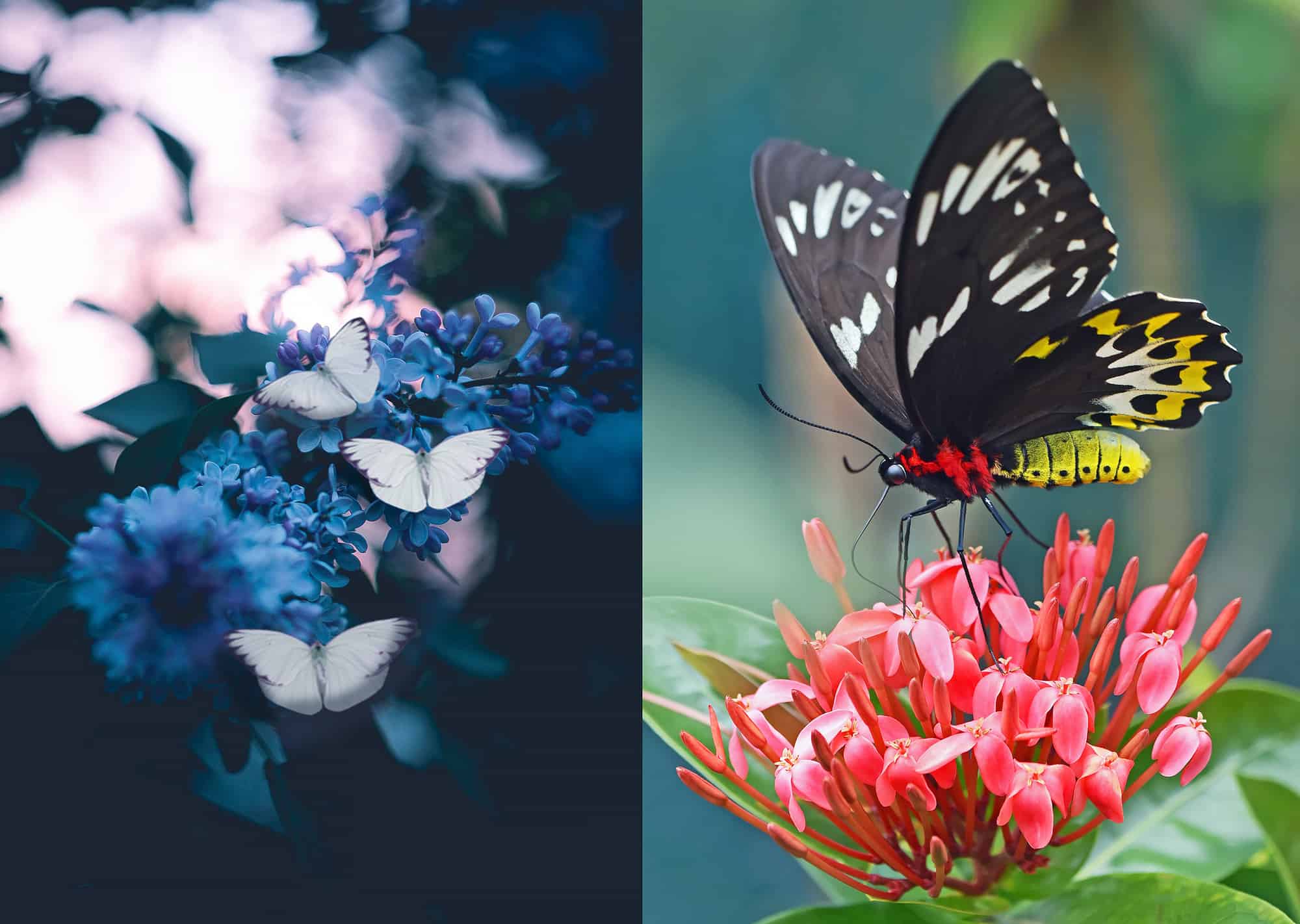

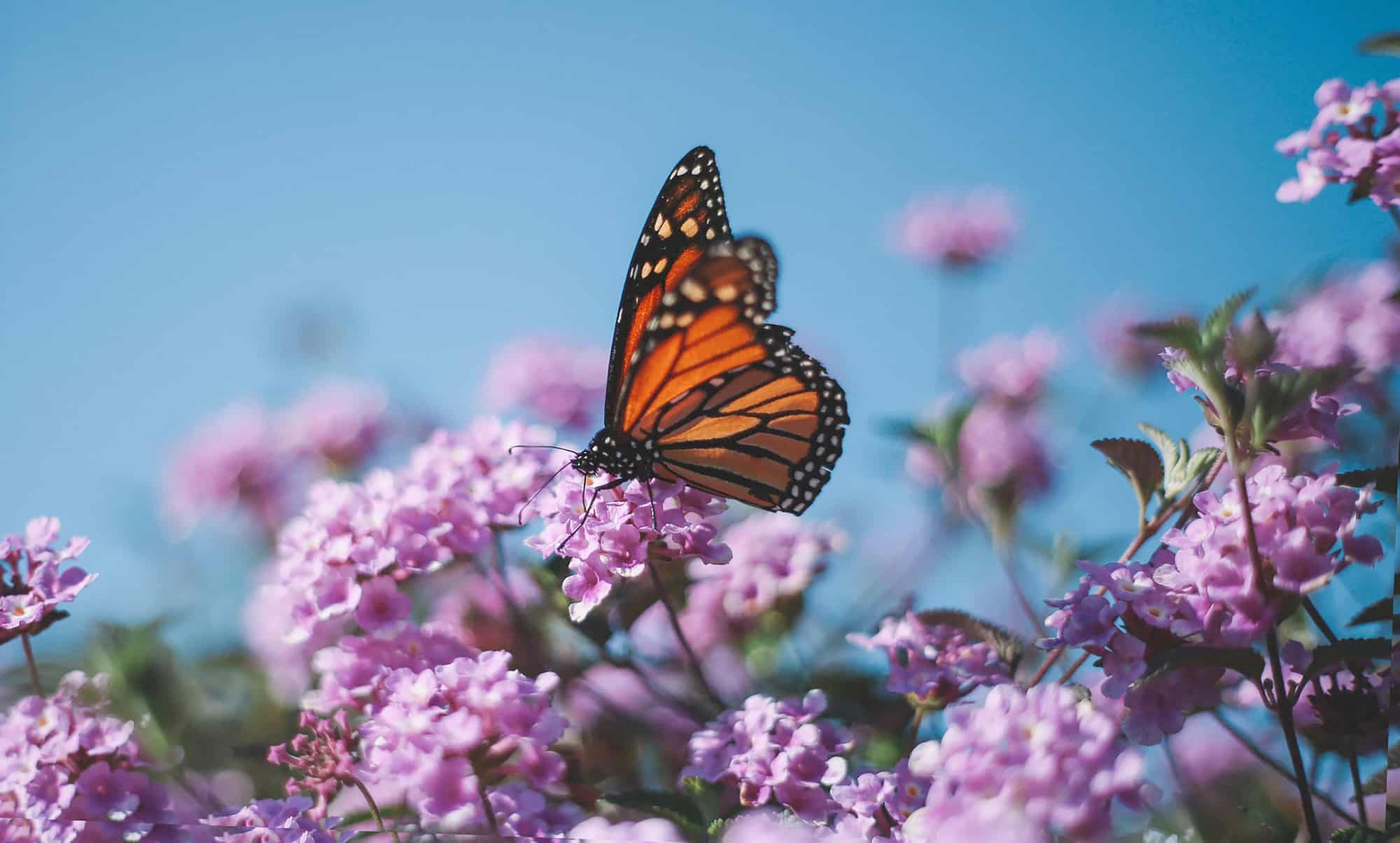
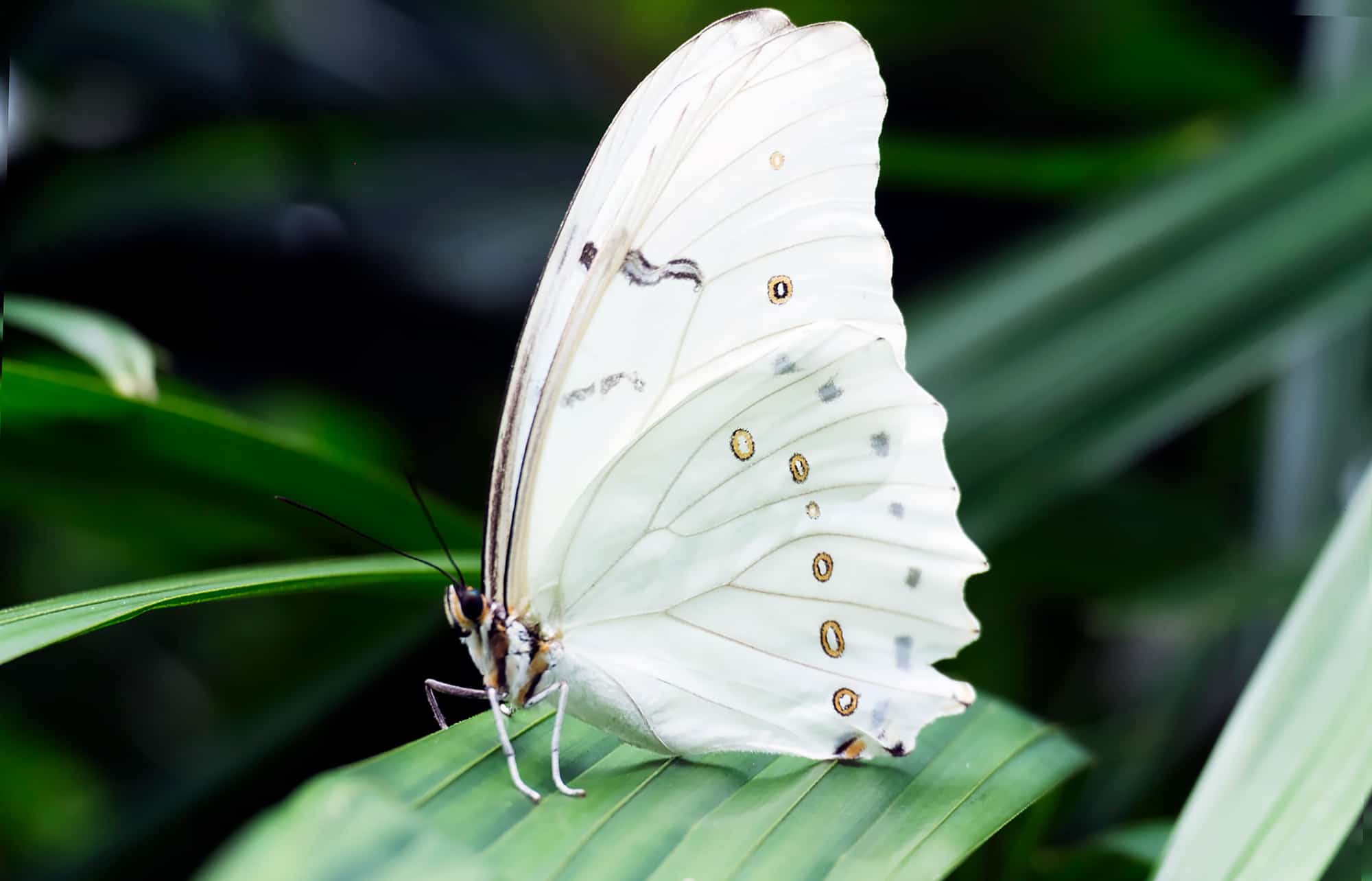



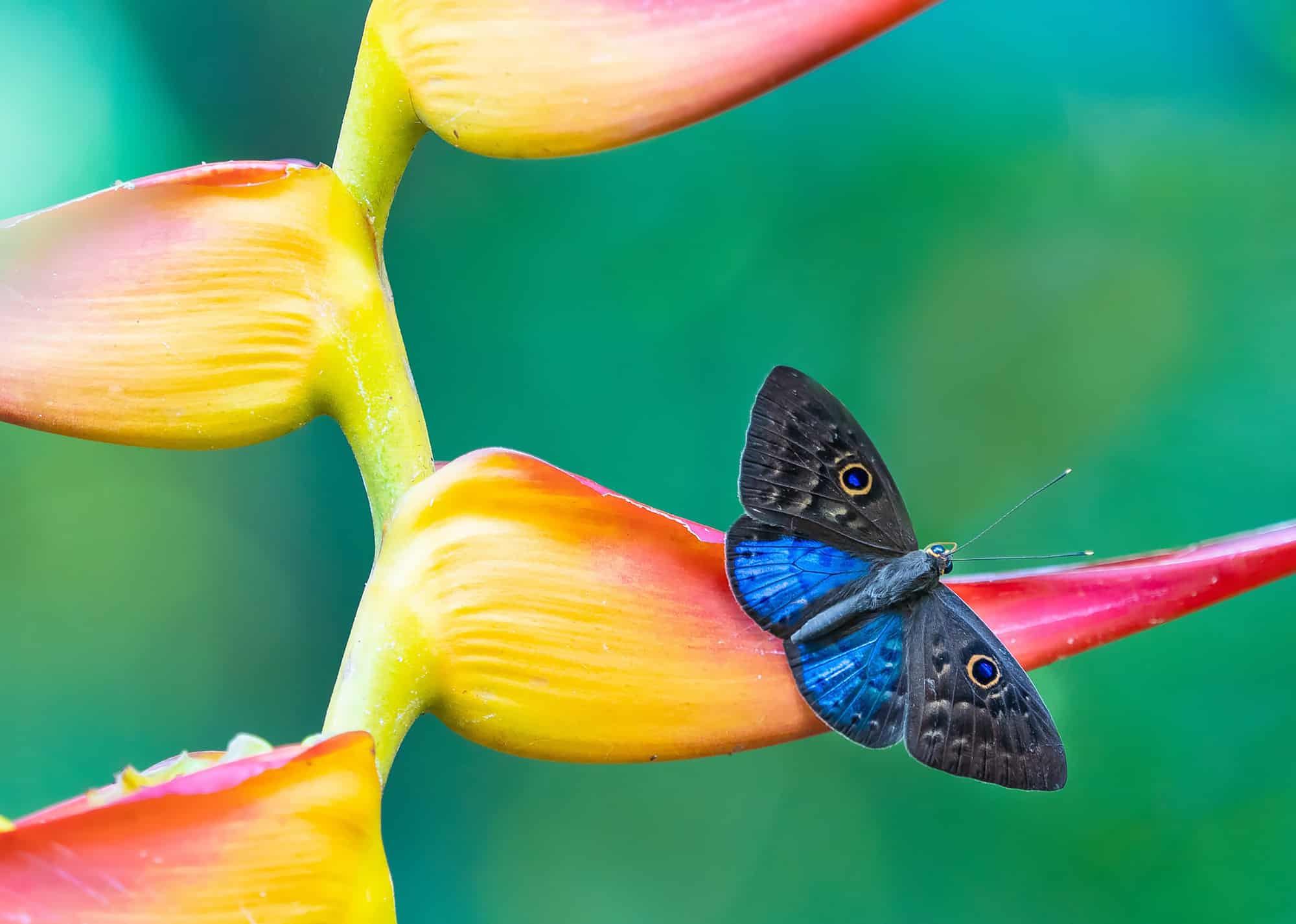

Even those who cannot stand insects will not deny the beauty and grace of butterflies. We invite you to take a look at a selection of photographs of these amazing Lepidoptera creatures and enjoy the variety of shapes, sizes and types.
Read more:
